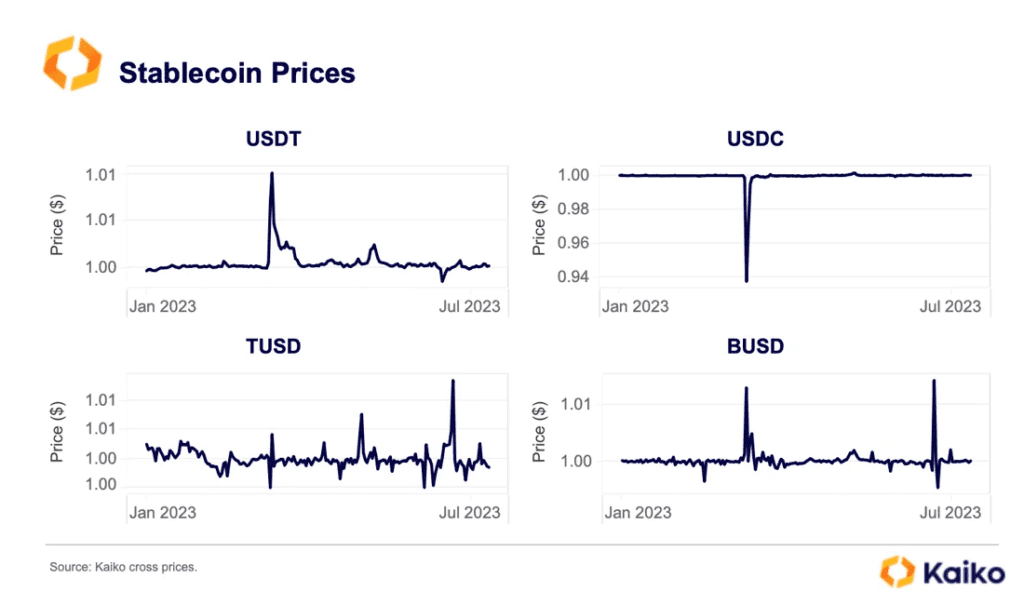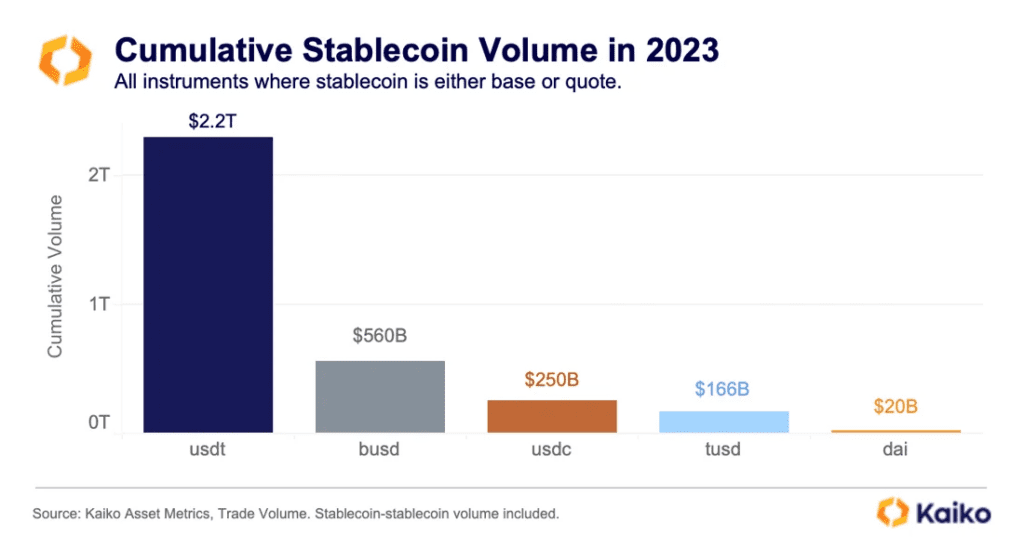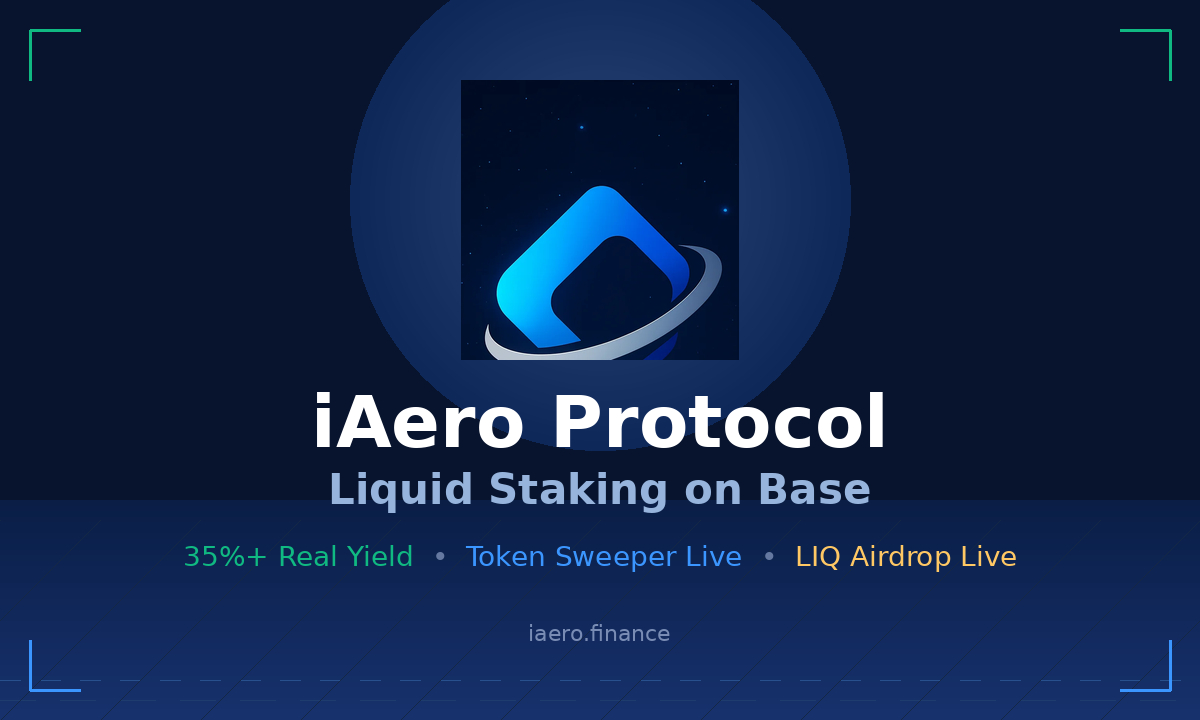Key Points:
- Stablecoins are increasingly important in the world of cryptocurrency, with 74% of trades on centralized exchanges involving stablecoins.
- The market structure is dominated by Tether, which holds a 70% market share on centralized exchanges.
- TUSD has seen a rapid rise in market share, climbing from below 1% to 19% in just three months.
According to Kaiko, 74% of cryptocurrency trades on CEXs involve stablecoins. Tether/USDT holds a market share as high as 70%, while TUSD, supported by Binance, has seen its market share rise from below 1% to 19% in just three months. BUSD, on the other hand, has faced regulatory challenges and dropped from its peak of 30% to the current 6%.

Stablecoins, a type of cryptocurrency designed to maintain a stable value, have become increasingly important in cryptocurrency. According to Kaiko, 74% of cryptocurrency trades on centralized exchanges involve stablecoins, with Tether/USDT holding a market share as high as 70%.
However, stablecoins have been facing volatility since the start of 2023, with TUSD, USDT, BUSD, and USDC all experiencing issues. This highlights the bigger problem: crypto markets depend highly on centralized stablecoins that often lack reserve transparency.
Despite upcoming regulations in the European region, there is still a long way to go for stablecoins to clean up their governance. The market structure of stablecoins is dominated by Tether, possessing a whopping 70% market share on centralized exchanges. Binance’s BUSD was almost a top rival before its issuer, Paxos, was forced to halt earlier this year. BUSD’s market share is now slowly dwindling ahead of its official end in 2024, dropping from highs of 30% to just 6% today.

Perhaps the year’s biggest surprise has been the rapid rise of TUSD, which in just three months saw its market share climb from below 1% to 19%. TUSD was a little-known stablecoin with virtually no volume before Binance essentially selected it as a successor to BUSD and began promoting a zero-fee BTC-TUSD pair. The vast majority of all TUSD volume comes from this one pair.
DISCLAIMER: The Information on this website is provided as general market commentary and does not constitute investment advice. We encourage you to do your own research before investing.























